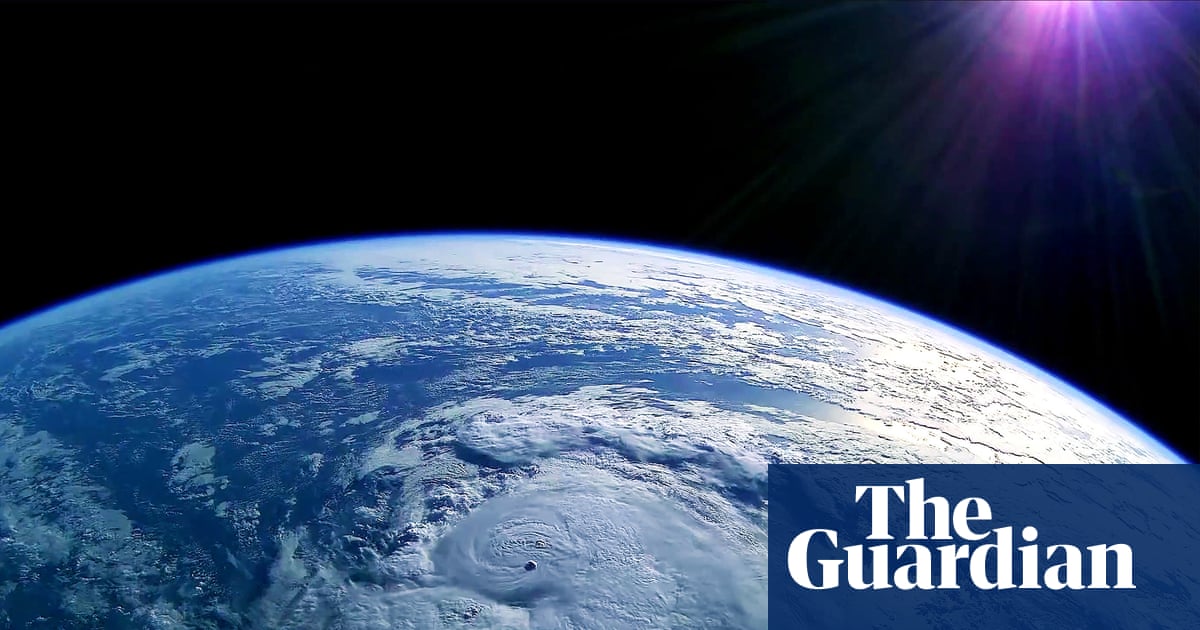Space weather experts warn that a moderate-strength geomagnetic storm could hit Earth Friday or Saturday (Aug. 8 or 9) — possibly bringing auroras to northern U.S. skies.
On Wednesday (Aug. 6), the National Oceanic and Atmospheric Administration (NOAA) issued a geomagnetic storm watch and suggested that the storm is likely associated with a recent solar flare that erupted from an active region of the sun.
The effects of such a storm would be manageable and would be limited to technology infrastructure, NOAA said. But as a bonus for skywatchers, auroras may be visible from New York to Idaho.
Geomagnetic storms are temporary disturbances in Earth’s magnetosphere that stem from solar wind entering nearby space. Long, high-speed winds traveling in the direction opposite to Earth’s magnetic field often cause the most notable storms.
The largest geomagnetic storms are associated with coronal mass ejections (CMEs) — expulsions of billions of tons of plasma from the sun. The plasma and the magnetic field embedded in it usually reach Earth several days after erupting from the sun. The possible upcoming storm is predicted based on a CME that occurred on Aug. 5 after a solar flare.
The warning predicts that the storm will peak as a moderate category G2 storm on NOAA’s five-tier scale for evaluating the severity of geomagnetic storms. (Category G5 storms are the strongest, like the one that struck Earth in May 2024 and made auroras visible as far south as Florida.)
Related: Scientists discover strong, unexpected link between Earth’s magnetic field and oxygen levels
An onslaught of solar wind can cause changes in the currents, plasma and fields of Earth’s magnetosphere, causing energetic particles to collect in the ionosphere — the part of the atmosphere that acts as a boundary between Earth and the vacuum of space. The extra heat and density in the ionosphere can apply drag on satellites in low Earth orbit and affect radio signals, which can disrupt navigation systems that rely on GPS.
Geomagnetic storms also often produce observable auroras at unusually low latitudes. Eighteen states, as far south as South Dakota and Iowa, may have a chance to witness the northern lights tomorrow and Saturday, NOAA predicts.
It’s difficult for experts to guess exactly when the northern lights will show, but the agency suggests that the “best” auroras are typically visible in the dark, within one or two hours of midnight. The full Sturgeon Moon, which rises Aug. 9 at sunset, may outshine fainter auroras — so try to stand with your back to the moon if you go aurora hunting this weekend.
Source link

